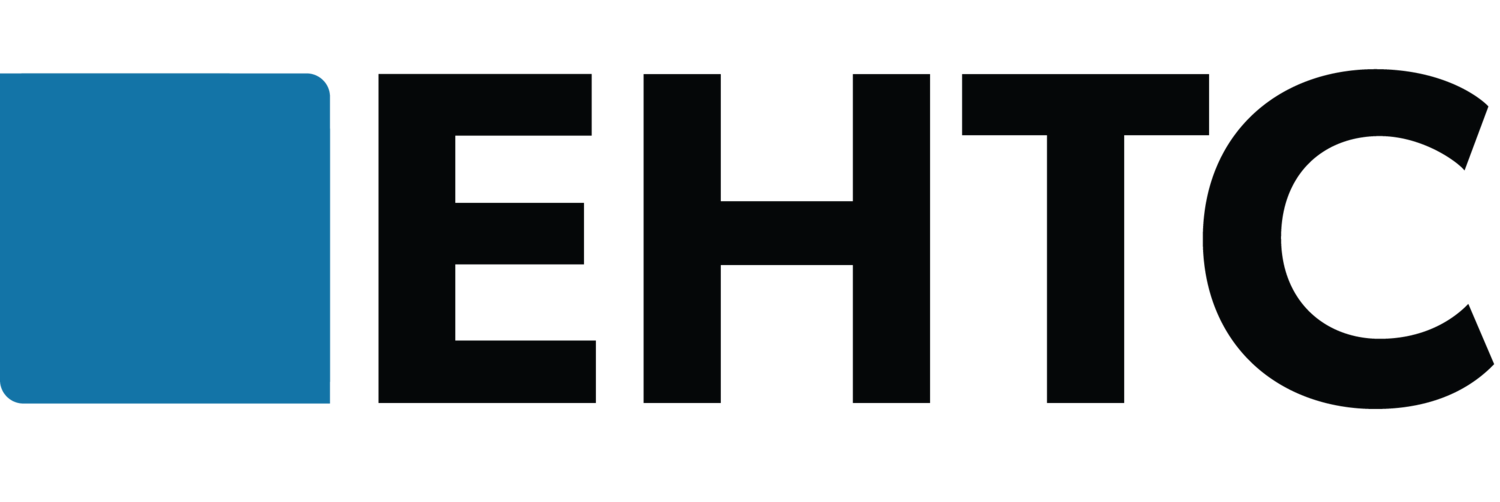Using Customer Data to Track Trends and Behaviors—and Realign Your Business Accordingly
CRM allows for a 360-degree view of the customer to determine the lifetime value of the customer to your business. Considering the various stages of the customer journey is helpful, so you can determine where they might be in the sales cycle, as well as where they fall in the life cycle.
Even with online-hosted CRM, working from home or multiple offices, the experience is the same for the customer. The company representative has easy access to the customer’s profile and should reference that information with every interaction.
A recent program from the Michigan State University Broad College of Business on managing through crisis, such as the COVID pandemic, provides useful insights.
They say the customer journey data is still king when it comes to determining trends. Stage management monitoring of customer performance and lifetime value continue to provide important feedback. And, while more people are working from home, customers are asking, “Do you still know me?” Without a complete and easy CRM system to access, you cannot support their needs. CRM can help make sure that every interaction is consistent with what they would expect under normal business circumstances.
This same Broad College of Business program also offered insights on understanding customer behavior during a crisis. Is your customer journey changing, and, if yes, is that for the good?
The program explained that consumers are feeling less anxiety and are shopping less online—and trending back to pre-pandemic behaviors. Incomes are stabilizing and there will probably be more people working remotely.
Is your business ready to handle different kinds of interactions? This is where the data can help.
Tracking customers’ contact activities can help understand their behaviors. They may also like to follow up about a topic that was previously discussed. A hosted CRM offers employees immediate access to customer information regardless of their office location.
Additionally, a remote CRM can help with follow up calls, interactions with other internal departments, and avoiding the creation of duplicate records. Setting up a follow-up task is easy and it won’t get lost like a sticky note.
Armed with information about customer data and predicting trends, you can now properly respond and realign business process management. Again, we look to insights from the Broad College of Businesses’ Managing Through Crisis program.
They noted that when companies are adapting their processes, they need to have good scorecards of what the company is trying to accomplish. When you’re collecting data through the interactions of the customer, scorecards are a great way to track what’s important. These scorecards can be put into a graph for quick and easy viewing, allowing everyone to know where Key Performance Indicators (KPIs) are in comparison to the goal.
CRM has processes built into it. These are called workflows and can be tailored to meet a new or temporary process.
Some companies are experiencing a different type of customer. Tracking customer types can help understand who is buying, what they are buying, and how they are interacting with the company. Segmenting out data in the CRM will help capture those trends and allow for training on how to engage a new type of customer.
From the lead generation journey to the opportunity journey to the support journey, EHTC can show you how to track the interactions and help with what’s next! And, if you need to track referrals, EHTC has something for that was well— Contact us today to get started.

